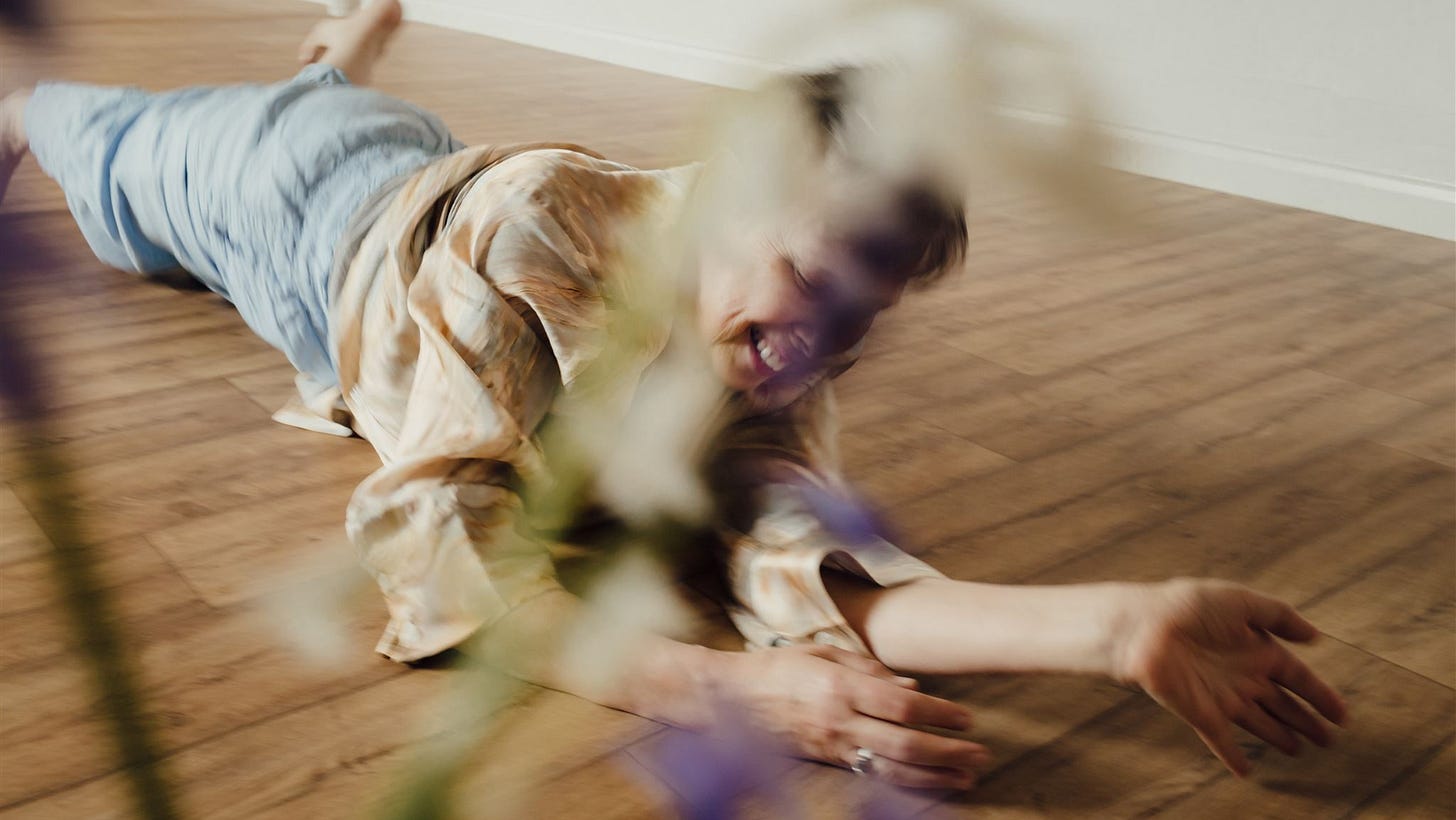DEVELOPMENTAL MOVEMENT: why reliving your baby-moves matters
Understanding the stages of infant movement development provides valuable insights into how we move as adults and a fresh lens for our yoga practice.
Infant developmental movement refers to a series of movement milestones that many of us passed through during the first year or so of our life, such as lifting our head from the floor, reaching for objects, finding ways to roll over, and managing gravity as we come to sitting, crawling and toddling. It is this process that also creates the waves of our spine and establishes the relationship of our limbs to our centre.
An experiential study of this progression of both reflexive and organised movements offers up the possibility of enhancing our co-ordination, postural habits, mobility, balance, and overall body awareness. We may also rediscover a sense of playfulness, creativity, and spontaneity, qualities that might revive our yoga practice in unexpected ways.
The developmental journey is also one of an emerging sense of self. We witness the crucial evolution from dependent new-born to autonomous toddler and at the same time we shed light on our relational capacity to ourselves, to others and to the world around us.



Exploring infant movement development can yield both physical and emotional benefits, but it is not the end of the story. It can also serve as a gateway to metaphysical inquiry, allowing us to contemplate the almost ineffable shift that we made out of being-ness into doing-ness. For yoga practitioners, this area of study can be a powerful catalyst for personal and philosophical enrichment.
Did you find this interesting? Useful? Want to explore further? Then please consider a paid subscription for a DEEP DIVE into my FIELD NOTES. I’m hugely grateful for each investment in supporting my time, thought and work. And, please do share this post to friends and colleagues. THANK YOU.





